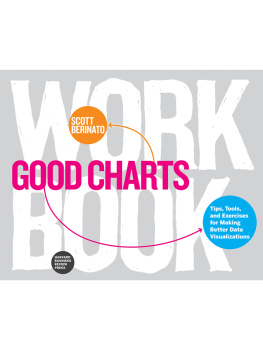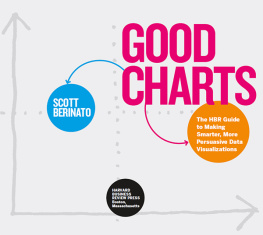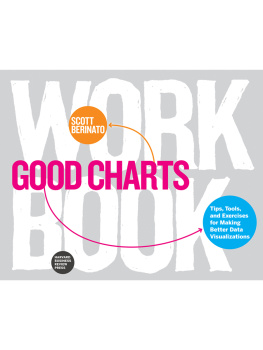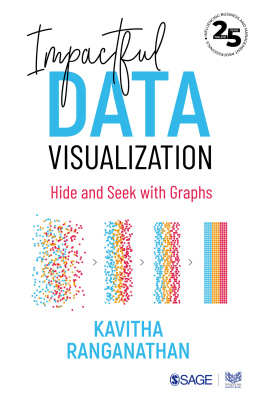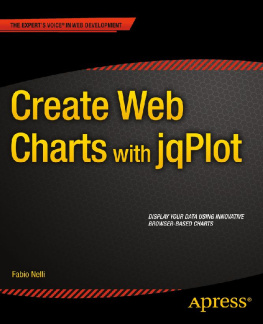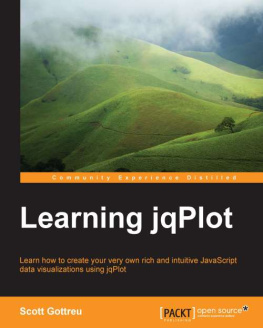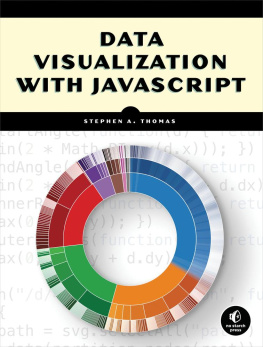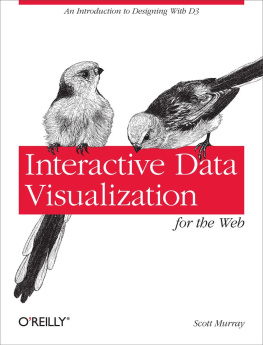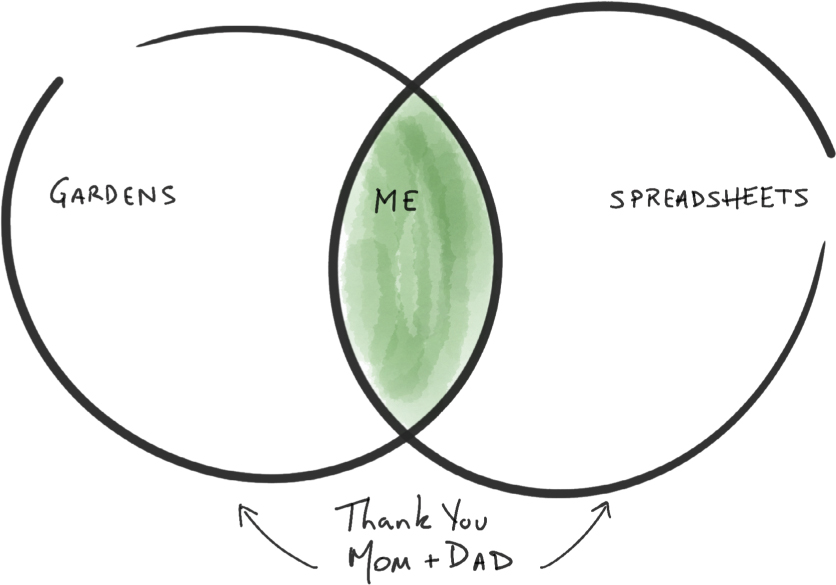Harvard Business Review Press titles are available at significant quantity discounts when purchased in bulk for client gifts, sales promotions, and premiums. Special editions, including books with corporate logos, customized covers, and letters from the company or CEO printed in the front matter, as well as excerpts of existing books, can also be created in large quantities for special needs.
For details and discount information for both print and ebook formats, contact .
No part of this publication may be reproduced, stored in or introduced into a retrieval system, or transmitted, in any form, or by any means (electronic, mechanical, photocopying, recording, or otherwise), without the prior permission of the publisher. Requests for permission should be directed to , or mailed to Permissions, Harvard Business School Publishing, 60 Harvard Way, Boston, Massachusetts 02163.
The web addresses referenced in this book were live and correct at the time of the books publication but may be subject to change.
Hello.
You may have picked up this workbook after reading Good Charts: The HBR Guide to Making Smarter, More Persuasive Data Visualizations my previous book, which offered a framework for understanding what makes good charts and laid out a process for creating them yourself. Or you may have picked it up in a shop just because dataviz intrigues you. You want to make good chartsor at least you think you should be able to. Maybe you got here through an online search. Or a colleague, a friend, or your boss handed you the book because he or she knows you like to think visually. In any case, youre here. And you probably have the same question most people ask once they decide that data visualization is something they want to learn about: How do I start?
When I speak or lead a workshop on data visualization, audiences are easily inspired by the transformations I show, and they understand the core argument of Good Charts that what makes a good chart is not how pretty it is or how well it follows some set of chart-making rules but how effectively it conveys ideas by adapting to the context in which it will be used. But inspiration can be short-lived. Many feel overwhelmed by the idea of doing it themselves. So they ask me, How do I start?
Start here.
An analogy: For years I wanted to learn to play the guitar. I was inspired when I watched a friend play or heard a song with a deft guitar line. But I never picked one up, because I felt that same dread: I didnt know where or how to start. Finally, inspired by my daughterwho took up the guitar (and got good fast)I decided to just start. With the help of a workbook, I learned notes, and then notes became chords. Eventually I added strumming patterns. Before long I could play a few simple songs, such as Bob Marleys Three Little Birds and Etta Jamess Id Rather Go Blind. I continued to build my skills and repertoire through practice, and although Ill never be a master of the instrument, I can work my way around it. In truth, it didnt take as long as I thought it would, and it wasnt as daunting to learn as I feared it would be. I just needed to start.
Good Charts Workbook provides the ideas and exercises to help you practice dataviz. They are its notes, chords, and strumming patternsthe foundational concepts and approaches that will soon have you playing simple songs. The workbook will help you understand why certain approaches to chart making work or dont work and prompt you to think through challenges yourself. It will allow you to test your ideas, and it provides a discussion about each challenge to help shape your thinking and build your dataviz literacy. It sets a foundation that will make the process of creating good charts as automatic for you as it now is for me to switch from a G chord to a D chord.
Lets keep this lo-fi. Most of the work that goes into making good charts does not happen digitally. Charts I create tend to be about 90% complete before I start digital manipulation. To get the most out of this workbook, you need:
Blank paper. Extra paper will be helpful if you sketch the way I dofast, messily, and over large areas. I dont like to feel constrained when Im sketching, so spreading paper out over a table helps. Extra paper will also allow you to reuse challenges with others or to go back to them with fresh eyes after some time.
Colored pencils. I recommend having only a few of these available while youre sketchingsay, a black one, a gray one, and two colors. (I use orange and blue quite often, but the choice doesnt matter.) It helps to make them contrasting colors so that you have the basic tools to show both complementary variables that can be different saturations of the same color and contrasting variables that shouldnt look as if theyre part of the same group. I find that when a chart has too many colors, I focus more on refining its color scheme than on the expansive process of fast, idea-generating sketching. Once I get to prototyping, though, and Im trying to create a viable, realistic, neat sketch of the chart, I like to add colors. With this workbook, youll be both sketching and prototyping, so a set of about 10 colored pencils will serve you well.
Energy. Attacking these challenges when youre tired or not in the mood will be a slog. Sometimes my best ideas come after I put the work aside for a while and come back to it in a better frame of mind. Solutions that seemed elusive suddenly appear. Anyone who does crossword puzzles will recognize this phenomenon. The answer to a clue that irked you is suddenly obvious after you put it aside for a bit. Its the same with dataviz.
Two core sections make up the book.
Part 1. Build Skills
Each chapter in this part includes:
- A brief introduction to a dataviz skill, including six guiding principles
- A warm-up, including several small challenges to reinforce the guiding principles
- Three core challenges, each incorporating larger-scale tasks that address several or all the guiding principles
The challenges in Part 1 are organized according to the skills theyre meant to develop. Their scope is limited in that they dont ask you to create something from nothing. In many cases the context (or multiple contexts) will be provided for you. The challenges are designed to focus your efforts on one skill at a time. You can flip to any challenge in the bookbe it a warm-up or a core challengeand try it, just as you could flip through a crossword book and pick any puzzle. Before you take on a challenge, though, its helpful to read the chapter introduction and think about the guiding principles. Highlight key ideas from them. Everything flows from those principles, so it will be hard to get into the right mindset without having thought about them.
And although you dont have to tackle the challenges in order, the book does follow a loose logical progression, from more-fundamental skills (color, clarity) to more-complex ones (persuasion, conceptual charts). Its not a hard-and-fast pedagogy, but you may find it helpful to start at the beginning before jumping around.

